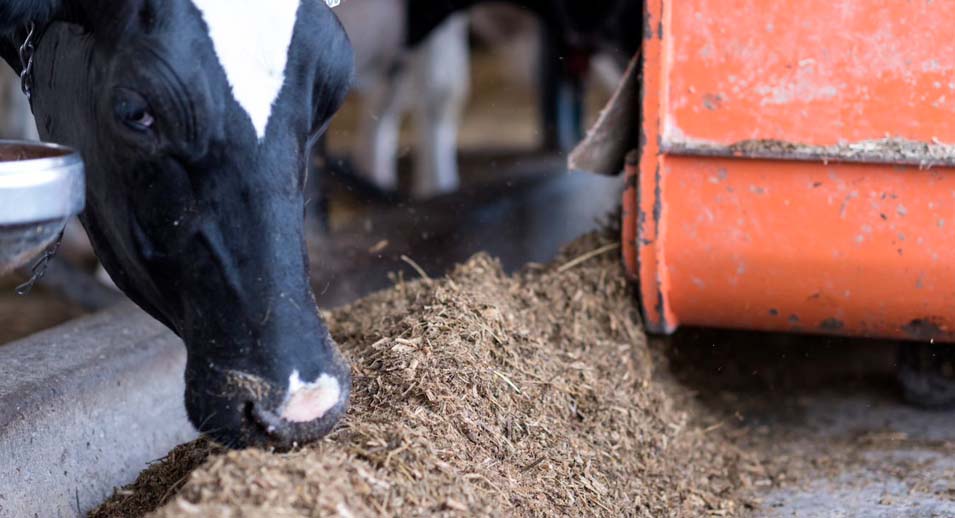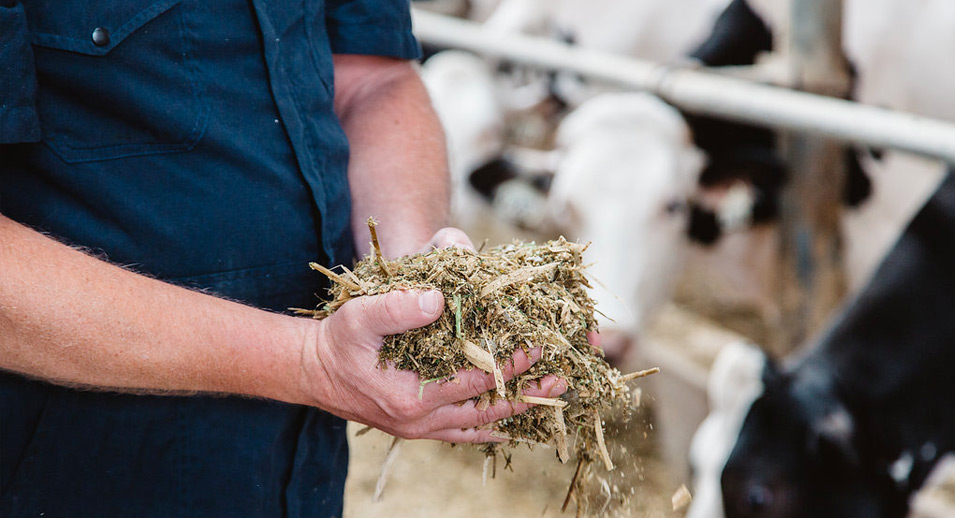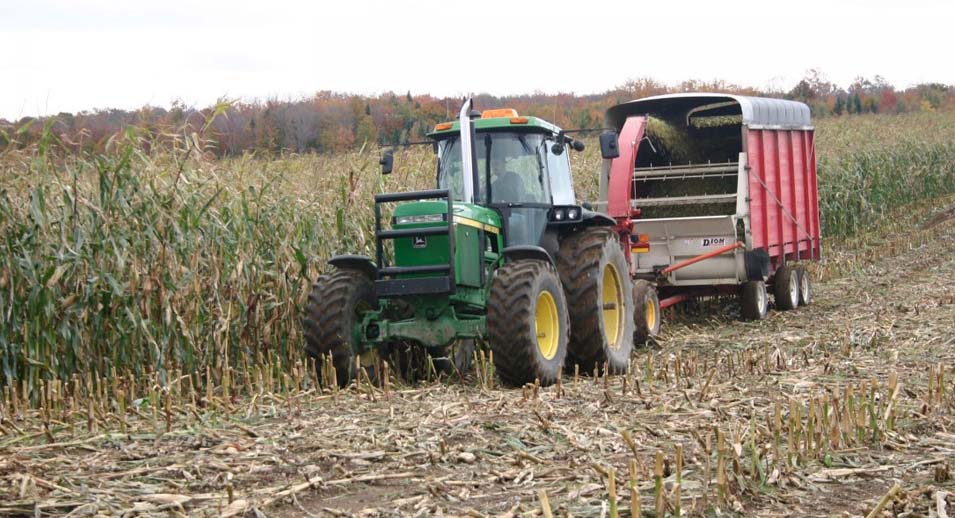Precision Feeding Principles Can Be For Anyone
- March 18, 2022
Not even a decade ago, precision feeding was something that seemed to be only for research-driven operations: to feed a cow exactly what she needs to eat, no more, no less, and with no compromise. While for many operations this is still true, and precision feeding is still evolving, our understanding of adapting its principles is evolving as well.

Know How Much You Feed: Be More Sustainable… and Profitable
More recently, changes in how we understand precision feeding have come to make it not only more comprehensive, but with more approachable principles for the average farm as a result.
With feed costs representing the largest single input in your dairy operation (at an average of 55% of a farm’s expenses!), it stands to reason that it would be one of the best places to optimize on return, and a key area to apply precision techniques for less waste. Though feeding precisely is not something we can do for every cow on every farm, the premise is built on one baseline method that can apply to any operation, regardless of size or location:
Track Inputs, Outputs and Progress
To some, it may seem simple, to others, perhaps not. While you may be able to name a cow’s pedigree seven generations back, and all her descendants, awards, or component trends, can you say the same for your feed inputs day in and day out? There’s something slightly less intimate about choosing your additives, supplements and rations than there is to herd health, yet it is no less important.
If you can’t measure it, how can you manage it?
While notepads and feed sheets are great for the day-to-day aspect of feed management, consider that computerized aid is another fantastic way to track data—most softwares track trends automatically, as well. If you are able to store all your data in one place—whether it was originally on paper, in your phone, or even on the back of your hand—it can allow you a new perspective for management.
Consider Software
Piling numbers together does very little unless there’s a way to organize the information in a useful way to act on it. The nice thing about software is that analysis and organization is built in, usually as a key feature for most programs. This way, you can quickly identify issues (even small ones) before they get out of hand, like shrink or ingredients lost to sorting. It also can give you an easy window into tracking progress over time, especially by comparing it with other data you may have on hand, like milk records. Your Lactanet advisors can also use the data, be it by pen, group or by individual animal if the options allow.
The wonderful thing is that unlike the precision feeding routines of the early 2000s, software can become an easy and confident compliment to almost any operation. You can use it to apply principles—like tracking weighbacks to determine feedout later—by pen and by group more easily than by memory or notepad alone.
I Get By With a Little Help From My… Data!
Feeding to zero and increasing milk profit, and all the while reducing weigh backs and refusals, is something that can be achieved by most operations today— the key lies in harnessing noted trends, data, and in acting upon the conclusions they can show. It lies in use of the data, most easily provided by the technology you have on-farm. And the very first step, one that forms the foundation of precision feeding and can be applied to non-precision operations, is in collecting that data efficiently and in measuring its progressions. And that is something that anyone can do.










